Table of Contents:
Chapter 1 The importance of welfare
Part I: The Stakeholders
Chapter 2 Hen welfare: consumers’ perspective
Chapter 3 Government views on the welfare of laying hens
Chapter 4 The politics of hen welfare
Chapter 5 Impact of the World Trade Organization on hen welfare
Chapter 6 The food retailer–consumer relationship, with particular reference to animal welfare
Chapter 7 Quality assurance
Chapter 8 The producer and hen welfare
Part II: Overviews
Chapter 9 The laying hen: systems of egg production
Chapter 10 Stress and the welfare of laying hens
Part III: Welfare Issues
Chapter 11 Genetic influences on resource use, fear and sociality
Chapter 12 The genetics of feather pecking and cannibalism
Chapter 13 Breeding for productivity and welfare of laying hens
Chapter 14 Sensory perception: chemoreception
Chapter 15 Vision in the laying hen
Chapter 16 Pain and the laying hen
Chapter 17 Chicken cognition
Chapter 18 Social space for laying hens
Chapter 19 Nesting, perching and dustbathing
Chapter 20 Environmental enrichment: the need for practical strategies to improve poultry welfare
Chapter 21 Feather pecking and feather loss
Chapter 22 Cannibalism
Chapter 23 Skeletal disorders in laying hens: the problem of osteoporosis and bone fractures
Chapter 24 Disease control
Chapter 25 Environmental management for laying hens
Chapter 26 Lighting
Chapter 27 Nutrition, feedstuffs and feeding
Chapter 28 Human–animal interactions
Chapter 29 Handling and catching of hens during depopulation
Chapter 30 Transport of chicks, pullets and spent hens
Chapter 31 Stunning and slaughter
Part IV: Outcomes
Chapter 32 Priorities
Part V: Poster Abstracts
Poster abstracts
Index
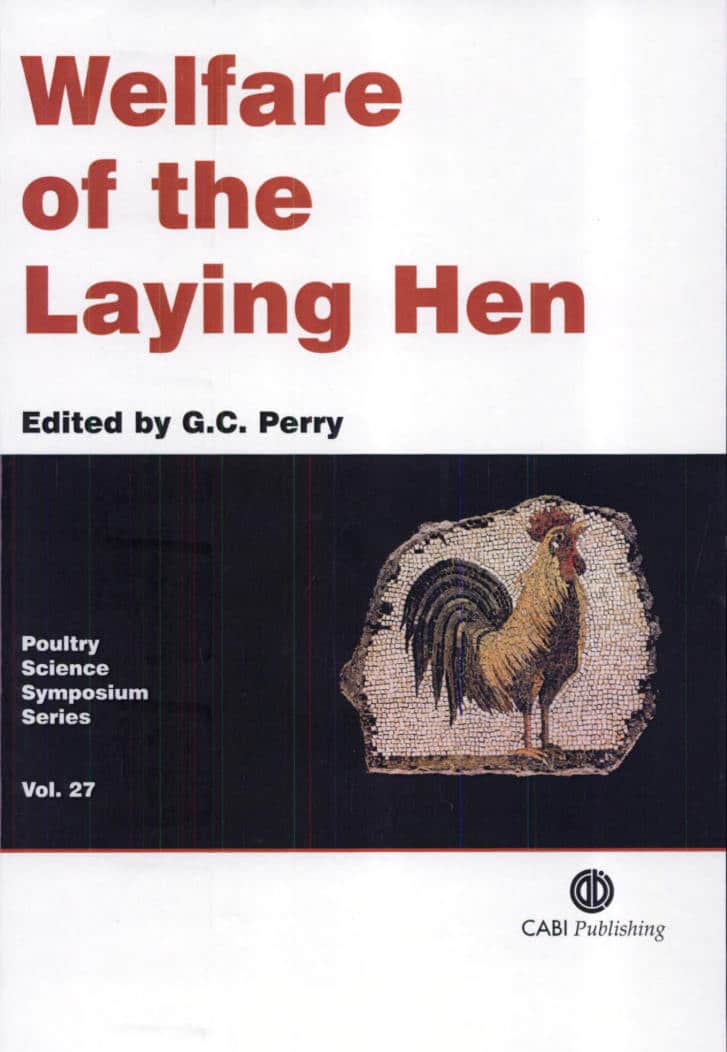
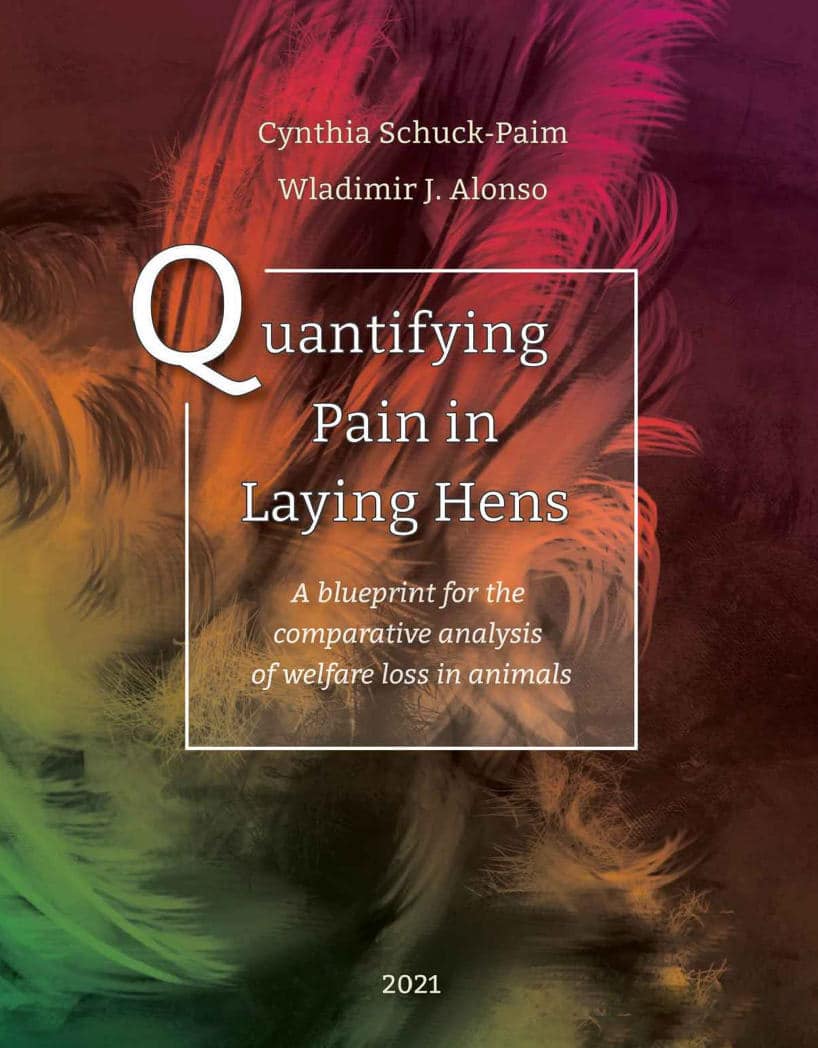


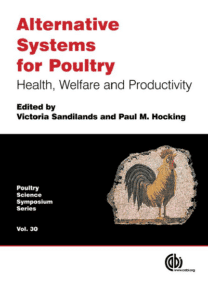

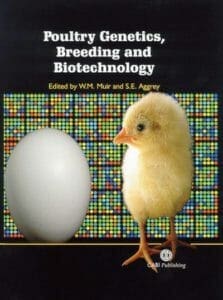

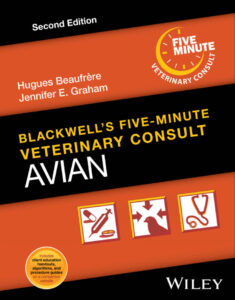
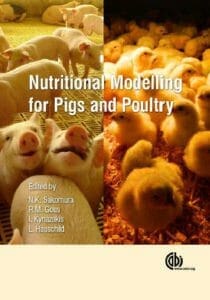






![Ettinger’s Textbook of Veterinary Internal Medicine 9th Edition [PDF+Videos] Ettinger’s Textbook of Veterinary Internal Medicine 9th Edition [True PDF+Videos]](https://www.vet-ebooks.com/wp-content/uploads/2024/10/ettingers-textbook-of-veterinary-internal-medicine-9th-edition-100x70.jpg)

![Textbook of Veterinary Diagnostic Radiology 8th Edition [PDF+Videos+Quizzes] Thrall’s Textbook of Veterinary Diagnostic Radiology, 8th edition PDF](https://www.vet-ebooks.com/wp-content/uploads/2019/09/textbook-of-veterinary-diagnostic-radiology-8th-edition-100x70.jpg)






